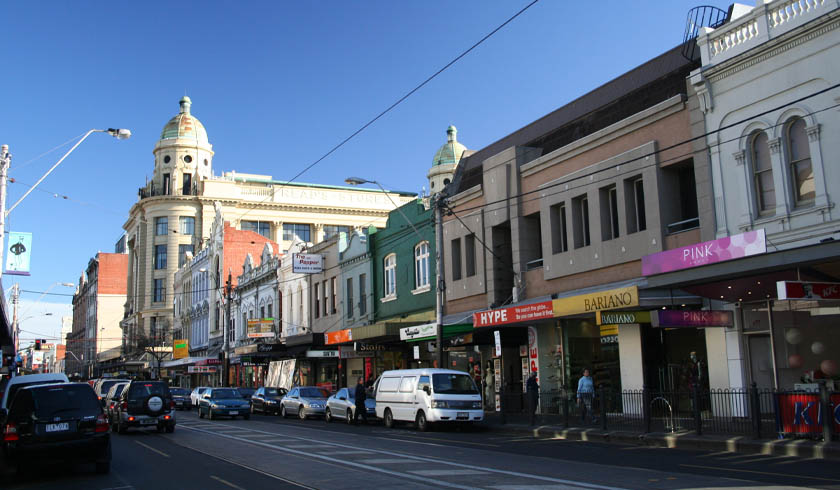Investor interest returns to retail property, spurring recovery
As Australia recovers from the impacts of COVID-19, the retail property sector is poised for renewed life as investors set their sights on neighbourhood and large-format retail centres.

The retail industry has been rocked by the global pandemic, sending retail property transactions on a downward trajectory. As such, retail asset transactions dropped 39 per cent in 2020, down to only $4.26 billion – the lowest total transaction value for the retail investment market since 2011, the latest Colliers Capital Market Investment Outlook found.
To continue reading the rest of this article, please log in.
Create free account to get unlimited news articles and more!
But winners did emerge, with neighbourhood centre sales accounting for the largest
dollar share of the retail investment market with $1.50 billion trading in 2020 – down 1 per cent year-on-year.
“Neighbourhood and large-format retail centres were favoured by investors for their stable income streams and accounted for over half of the sales in 2020,” Lachlan MacGillivray, head of retail and investment services at Colliers, said.
Further, institutional investors were the most active purchaser group by dollar value, accounting for 52 per cent of total retail transactions, slightly higher than 2019’s 41 per cent.
Looking ahead, Colliers found that “bright spots” towards the conclusion of 2020 encourage optimism for the retail sector over the next 12 months.
“Substantial federal stimulus, tax cuts, early super withdrawals and international travel off the cards until at least mid-2021 combined with the high savings rate and improved consumer confidence all point towards an improvement in household consumption,” said Mr MacGillivray.
“This is expected to result in a faster recovery in the retail sector. As we start to see some of the risks in the sector quantified and value becoming clearer, we anticipate that transaction volumes will improve across most sub-sectors of retail.
“We believe that 2021 will present opportunities to acquire rarely traded trophy assets as portfolios are rebalanced,” he noted.
But among those most disrupted by the global pandemic were regional shopping centres, which recorded their most illiquid year since 2015, Colliers said.
“In the early months of the pandemic, the implementation of the Code of Conduct for Commercial and Retail Tenancies had a substantial impact on rent collections for retail landlords.
“As a result of these risks, transaction volumes were impacted significantly during the second quarter – with deal flow only starting to improve in the third and fourth quarters, as rent collections appeared to be recovering and most of the Code of Conduct requests were finalised,” Mr MacGillivray revealed.
Looking at the states individually, NSW accounted for the largest dollar share of retail investment, with $1.94 billion in sales, which represents 45 per cent of the total retail investment market.
On the other hand, Victoria recorded $962 million in sales, the lowest on record since 2016.
Despite a tumultuous year, the retail investment market ended the year with a total of 83 transactions with an average deal price of $51 million – slightly above the 11-year average of $50 million per deal, but lower than the three-year average of $60 million per deal.
“We expect a significant increase in major asset transactions above $150 million in 2021. The return of stabilised trading conditions, complimented by attractive relative value return metrics and limited key opportunities will be a big market driver,” Mr MacGillivray concluded.

